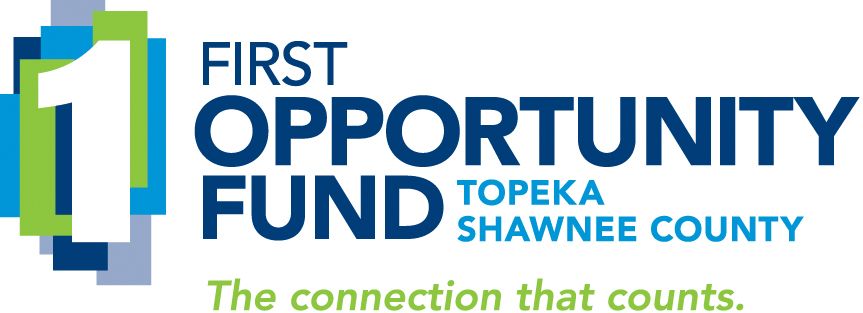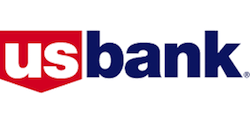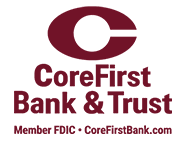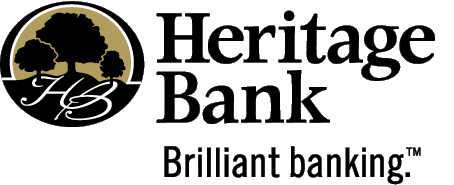
It’s commonly known that younger generations are watching for ethical behavior from their employers and the companies they do business with. So it’s not surprising when we hear about a new neobank or community bank with some sort of socially-conscious brand.
We asked our National Millennial Advisory Board, a group of about 400 diverse millennials across the United States, for their thoughts on cause-related financial brands. We wanted to know if a cause or special focus would sway them to change their banking relationships, their expectations of such an institution and the pros and cons they see in a cause-focused approach.
They had volumes to say on this topic in this qualitative study. Bank and credit union marketers should prick up their ears as they think about their brands, community investments and doing the social good.
Following are key thoughts and direct quotes from our millennial board
1. They were split on the appeal of a cause-based bank brand approach.
Forty-four percent of our group found a social cause such as food sustainability, endangered animals or wilderness preservation very or somewhat appealing. An equal number felt neutral.
The most popular causes were addressing education, poverty, climate change and hunger.
The sentiment grew stronger when presented with a bank or credit union focusing on a specific underserved audience such as Black people, women, Indigenous Americans or low- and moderate-income people. Slightly over 60 percent found this very or somewhat appealing and 32 percent were neutral.
One respondent said, “A bank or credit union should support *all* progressive causes at some level.” And what they see as the most positive aspect of a bank or credit union focused on a cause or underserved audience is enhancing community well-being.
Several mentioned this would only be appealing if the support was visibly dispersed locally, and one stipulated that the bank should have a local branch in  Millennials are wary of greenwashing.the community.
Millennials are wary of greenwashing.the community.
2. They are skeptical.
Our millennial board members repeatedly raised questions about whether a financial institution’s social marketing could be trusted. Numerous members raised the following concerns:
“…that they’ll only use the cause as green washing, putting the burden of contribution on the customer and then taking the tax credit for themselves (like the ‘round up to support a cause’ programs at grocery stores.)”
One wanted assurance to “make sure they support the cause and it’s not just lip service.” Another like-minded respondent said it might just be “smoke and mirrors.”
They want transparency through good reporting and seeing ethical practices built into the financial institution’s core business.
3. They have concerns about safety and soundness.
Our board had multiple warnings for banks who might focus on causes at the expense of good business practices and taking good care of the customers’ money. They also wanted to be sure the bank could remain secure and sound.
Here are some of their comments about this:
“I want to make sure they’re actually committed to it and also that they are financially viable.”
“My only concern for them would be their ability to survive and have enough customers.”
“Need to have sound financials and a board to direct the efforts.”
“Are they more concerned with protecting the grass or protecting my money?”
“Are they investing more towards the cause to the detriment of their customers’ financial safety/wellbeing/growth?”
“… the bank’s longevity might be of concern if they aren’t able to appeal to a wide enough audience.”
“It would lower the quality of the service they provide to me.”
“A bank or credit union supporting a cause sounds like higher fees to me. I am not anti-cause, I just don’t think a bank should have one. Choosing a cause will polarize potential customers, in my opinion. Less of a customer base means less opportunities to grow your deposit base and thereby you become a weaker bank.”
4. A cause-based brand alone isn’t enough to make millennials switch banks.
About 40 percent of our respondents said they would be very or somewhat likely to move to a bank or credit union with a focus or cause they care about. But that came with caveats. The product and service offering would have to be at least as good or better than what they currently have with their existing institution and it must be easy to switch. An incentive was also often mentioned as a desirable lure.
“Other benefits would need to be the same: accessibility, interest rates, offers, etc. To me, I can support the causes I care about in numerous ways, so to move to a cause-focused bank vs. the one I’m already established with, would need to be as good or slightly better than the bank I’m with now, in addition to the benefit of supporting a cause I care about.”
“Currently, I am neutral about my bank… if I could choose a banking partner that I feel good about the work they do, I’d be more inclined to go with that option.”
“If I was in the market to change banks and other incentives are equal, I would choose the one that focused on improving the community.”
“I’m a bit hesitant… I’ve been with my local credit union for almost 20 years and I trust them. I’d have to see evidence that the bank is making an impact in their identified cause before making a change that big.”
"A cause I support wouldn’t pull me away from an institution I am happy with. A cause that I DON’T support would potentially cause me to leave an institution.”
“Nothing would cause me to switch. I like my financial institutions to focus on financial things - not social causes.”
How marketers can address these millennial concerns about cause-related financial brands
If you do have a cause-related brand or division, focus on transparency. Demonstrate where you invest and how the resources are used—then back it up with proof.
If you don’t have a cause-related brand, you can—and should—demonstrate the good work you do. Banks filing CRA reports can mine this information to share in the community. While credit unions don’t have the same CRA requirements as banks, they do file annual reports. Both can convey that information in a consumer-friendly way through their paid, earned and owned media.
Don’t assume a cause focus is the only reason a millennial customer will bank with you. You still must have outstanding products, services, delivery channels and staff along with great customer experience and competitive pricing.
Ongoing education for consumers on your safety and soundness, FDIC or NCUA insurance and how customers can confirm your viability is important for every audience.
Cause and niche-audience banks by design won’t appeal to everyone
Their super power is resonating strongly with a passionate audience. So if you’re an already established generalist bank or credit union, you could explore developing a division of your institution to serve a certain audience—if you already serve some of these people well and you want to attract more of them.
Otherwise, continue to serve the broader community in ways that support your existing mission and brand, and make sure customers and prospects know how you do it.
For more insights about millennials and banking relationships, read our article A millennial home loan horror story.
The Banktastic National Millennial Advisory Board is a group of about 400 diverse millennials from across the United States. They answer our monthly surveys and are active in our private social media community. They are also available for custom research. If you'd like help with attracting millennials to your financial brand, let's talk! Contact Martha Bartlett Piland at 785-969-6203 or by
photo credits: hands with change by Kate Yukawa and person hugging tree by Ahmed on Unsplash
























